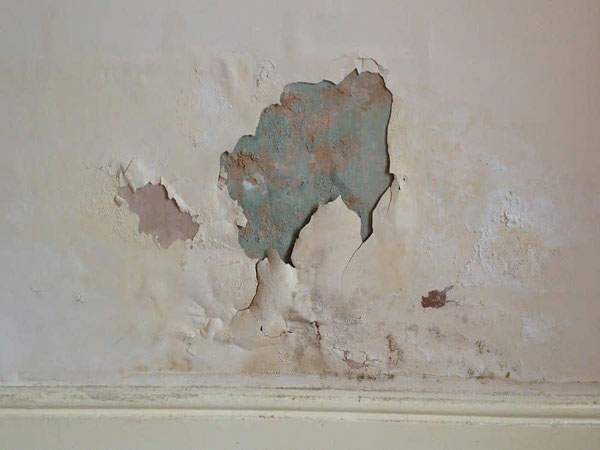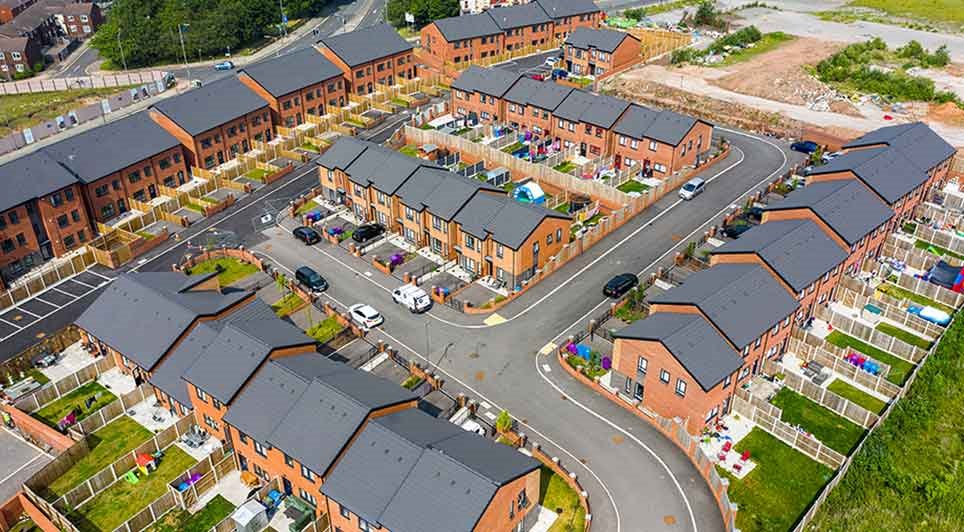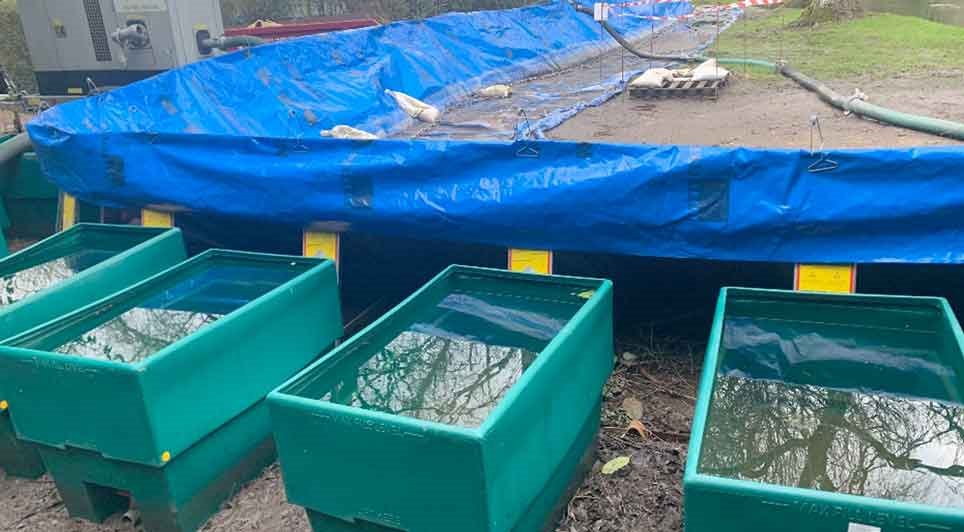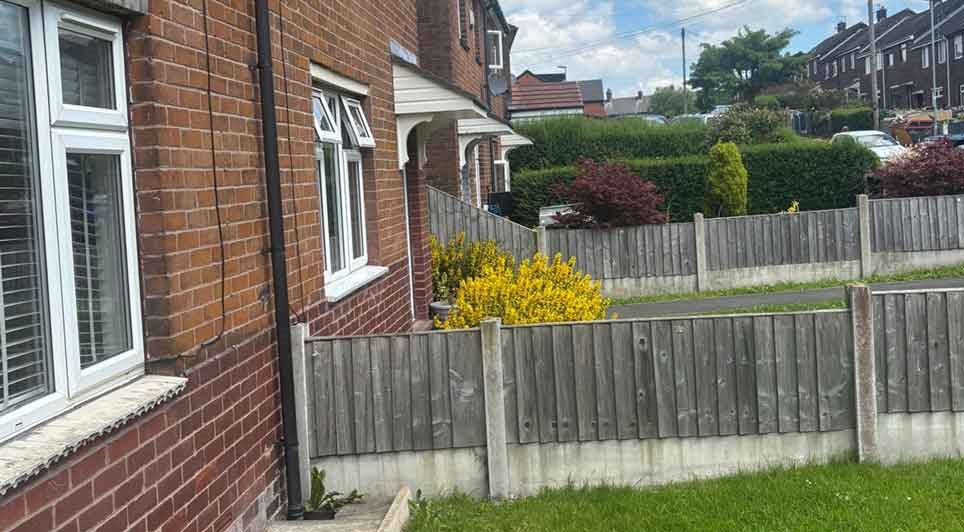Damp in any house or workplace can make your life miserable and uncomfortable, especially if you don’t treat the root cause in a timely manner. There are several reasons for damp in your home. It can occur due to a missing or damaged pipe, or it can arise due to structural damages. However, rising damp mainly occurs due to the rising of moisture from the ground into the walls.
What are the Common Signs of Rising Damp?
Some common signs of rising damp are 'tide lines' or brownish stains on the lower side of your wall just above the skirting board. Similarly, if you notice white, fluffy deposits on your wall, this indicates the presence of ‘salts’ which the rising damp has carried out of your bricks and into your wall. In some cases, you may see Black mould spots on the damp areas around your wall; this also indicates rising damp.
Some other common signs of rising damp are:
The paint does not stick to the wall.
Damaged wallpaper.
Tide marks and white stains on the walls.
Mould spots on walls, clothing, shoes, etc.
Discoloration
Skirting and floorboards rot.
Mortar falls out between the wall and stonework.
Rising Damp on bottom of walls
Mostly, you will notice rising damp on the bottom of your walls. You will see Rising damp tide marks on the bottom of your walls that can reach up to a meter just above the skirting board. In some severe cases, the damp can go beyond this level.
The damp's reach depends on many factors, such as the wall’s pore structure and the rate of evaporation. The damp will rise higher in the buildings with a high proportion of pores than those with fewer pores.
The water also contains ground salts that also appear on the bottom of the wall. Usually, it happens when the water evaporates. These salts or white stains can damage the paintwork, and you will see white fluffy stuff accumulated on the bottom of the wall.
Most properties are already fitted with a damp proof course (DPC). This damp proof course prevents rising damp to rise from the ground. This is mostly a result of groundwater breaking the existing or old damp proofing course and then rises up the walls. This is called capillary action. Rising Damp can also occur when a DPC in the wall has been broken down.
How to Remove Rising Dampness of Walls in your Property
Wet walls caused due to the rising damp are common in properties, especially in apartments and old residential buildings. Rising damp also leads to molds and other microbes’ buildup and creates an unnatural environment on your property. And it can be harmful to your health.
Walls with rising damp look unsightly, smelly, and can cause severe damages to the paintwork, plaster, and structure if not treated adequately. Furthermore, it can occur anywhere in your house, on the bottom of the walls, around the roof, or floors. Any wall in contact with the surface can suffer from this rising dampness.
Some Recommended Methods To Eradicate Rising Damp
The most common mistake that we make is to cover the damaged spots on the wall with paintwork. But keep in mind, it will never work. Similarly, if your bathroom, kitchen, or any other wall remains wet, it is advised to keep that area dry and well-ventilated.
Damp on the walls also occurs due to chronic condensation issues. There are several remedies and treatments to protect the walls from rising damp, but only a few treatments are reliable.
Having said that, the following are some methods that can help you to eradicate rising damp from your property and on the bottom of the walls.
Damp Proof Course: by far, it is the most reliable approach when you have a rising damp issue. You can use a proper Damp Proof Course (DPC), a layer of damp-proof materials, by removing the bricks near ground level. It is then followed by adding a plastic sheet within the same bricks and substituting the old mortar with the new waterproof mortar.
Repair or change a damp-proof membrane – you can also use damp-proof membranes in the rising damp treatment. Usually, these waterproof membranes are installed after the installation or fixing of a damp proof course. These are also used in new plasterwork. The membrane will easily detach plaster from the salts and other similar contaminants present on your walls.
Re-plaster the damaged area: You can also re-plaster (Not re-paint) the damaged area with a waterproof plaster. Use the “Delivery Tubes” into the bricks’ pores and inject the liquid in the wall through those pores. Then, place the waterproof membrane on the top of the floor. This waterproof membrane will work as a barricade against rising dampness.
Check Leaks: Lastly, and before applying any of the methods mentioned above, check for the leaks and ensure that rainwater does not enter through the wall. Similarly, ensure that all the joints of the drain pipes and other water pipes are tight and proper to prevent leakages. Ensure that all the sanitary and the water fittings around that particular wall are secure and leak proof.
In the end
There can be numerous reasons why rising damp can occur in your walls. Irrespective of the reason, if it continues to rise inside the walls, this can be nasty and lead to the growth of harmful microbes such as black mould. It will also affect the structure of your home. Rising damp can also damage your interior decoration, plasterwork and can be a cause for rot to your wooden items. So, it should be treated timely and never hesitate to seek expert advice.
advanceddamp.co.uk
Construction News
07/07/2021
Dampness Of The Bottom Of The Walls?


04/07/2025
JV North has announced the list of contractors and consultants appointed to its £500 million social housebuilding framework, which aims to deliver around 3,000 homes across the North West over the next four years.
The housing consortium, which includes 14 members, launched the procurement process i

04/07/2025
Work has officially started on preparing Eston Precinct for demolition, marking the first step in a major regeneration project led by Redcar & Cleveland Borough Council.
Esh Construction has been appointed to deliver the scheme, which will begin with the safe removal of asbestos and the soft strip

04/07/2025
The Secretary of State for Energy Security and Net Zero hasgranted development consent for the Mona Offshore Wind Farm.
The scheme, located in the Irish Sea, will deliver approximately 1,500MW of clean energy capacity and forms part of the Round 4 Offshore Wind Licensing Arrangements. The applicati

04/07/2025
The restoration of Chatham’s iconic Brook Theatre is officially underway, with the appointment of contractors to carry out the £21 million transformation of the 125-year-old building.
Originally opened in 1899 as Chatham Town Hall, the Grade II listed Renaissance-style landmark has served the commu

04/07/2025
Work to upgrade a flood-prone section of Stockbridge Road in Timsbury is set to begin later this month, as part of a joint project between the Environment Agency and Hampshire County Council to improve local flood defences.
Starting on 28 July, the five-week scheme will deliver vital improvements a

04/07/2025
Oldham's town centre regeneration has taken a major step forward, with planning consent now granted for all six sites earmarked for transformation through the partnership between Muse and Oldham Council.
The approval represents a significant milestone in the long-term vision to create a vibrant, in

04/07/2025
As temperatures soared during this week's heatwave, euroloo's innovative EcoWelfare units proved to be a game-changer on construction and outdoor sites across the country.
Designed with comfort and sustainability in mind, these multi-functional welfare units offer everything teams need to stay pro

04/07/2025
Atlas Site Engineering, a trusted name in precision setting out and site engineering services, continues to support the construction industry with expert solutions ranging from small residential extensions to multi-storey high-rise developments.
With a reputation for accuracy and reliability, Atlas

03/07/2025
Associated British Ports (ABP) has submitted a reserved matters application for 103,000 sq ft of speculative industrial and logistics space at Helm @ Immingham.
This marks the first phase of development at the 227-acre site.
The scheme will deliver a range of purpose-built units from 4,820 sq ft

03/07/2025
First Choice Homes Oldham (FCHO) is set to begin a major new phase of energy efficiency upgrades this month, with a £6.1 million investment aimed at improving 645 homes across the borough.
Starting 14 July, properties in Abbey Hills, Roundthorn, Shaw, and several estates in Chadderton will receive
 UK
UK Ireland
Ireland Scotland
Scotland London
London











